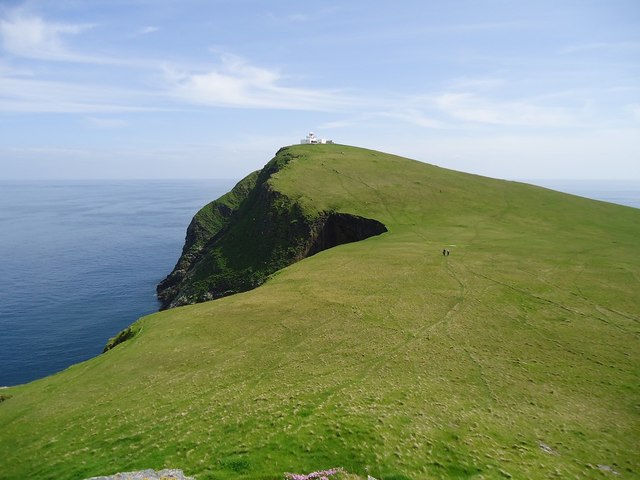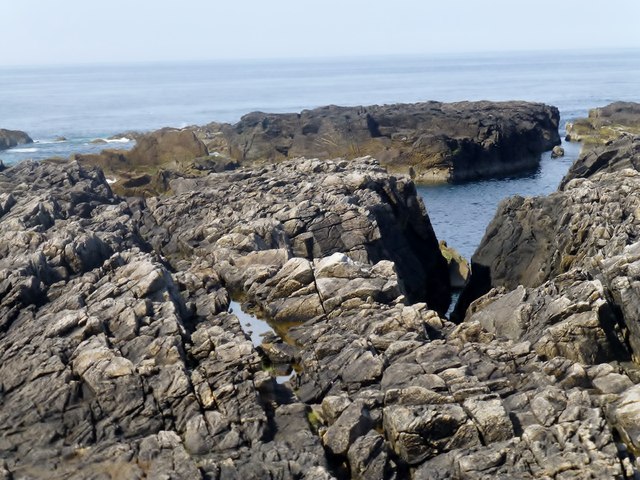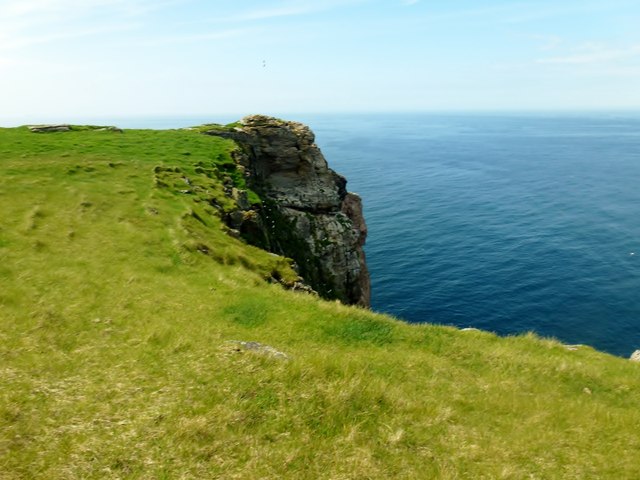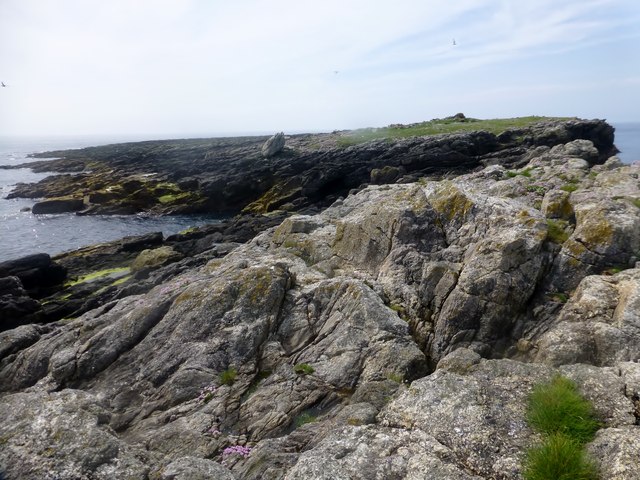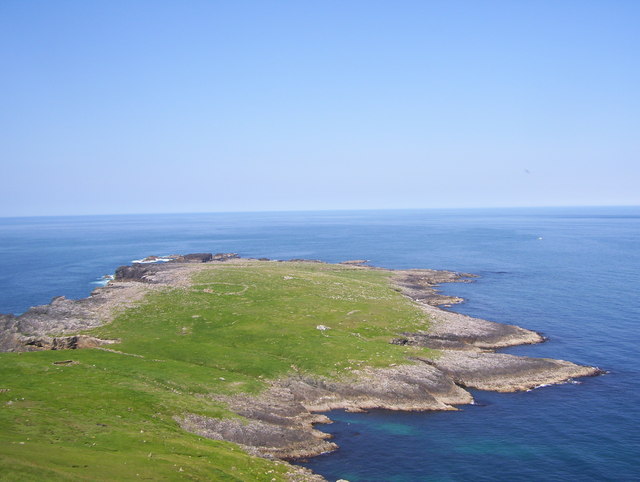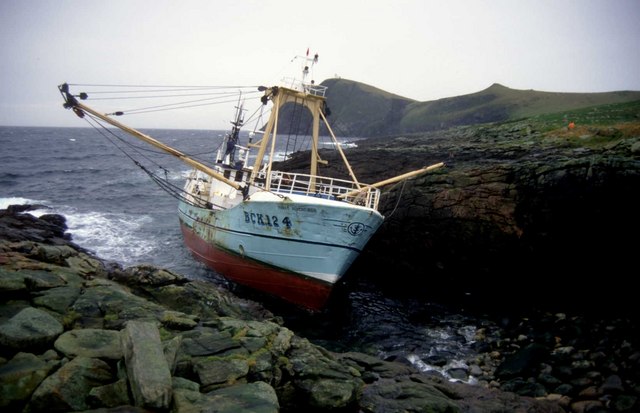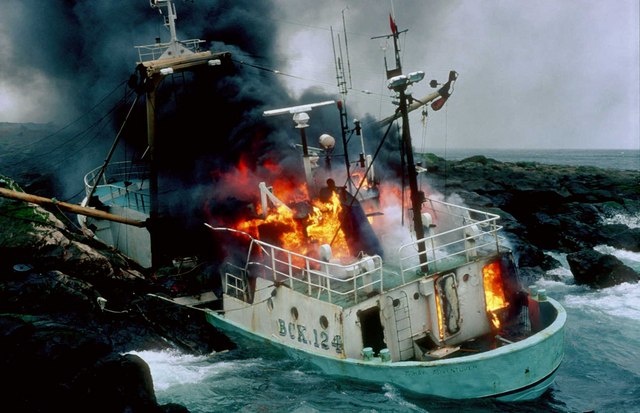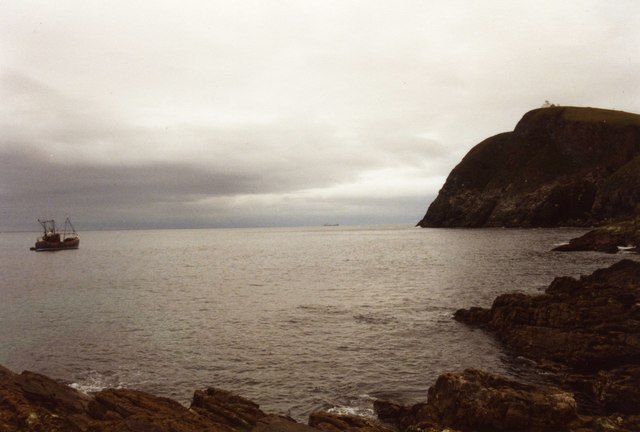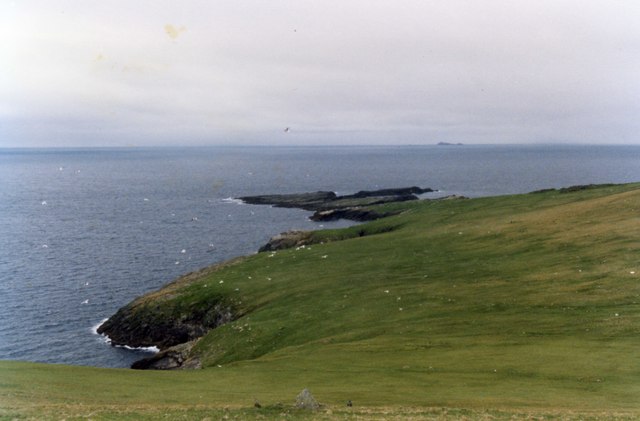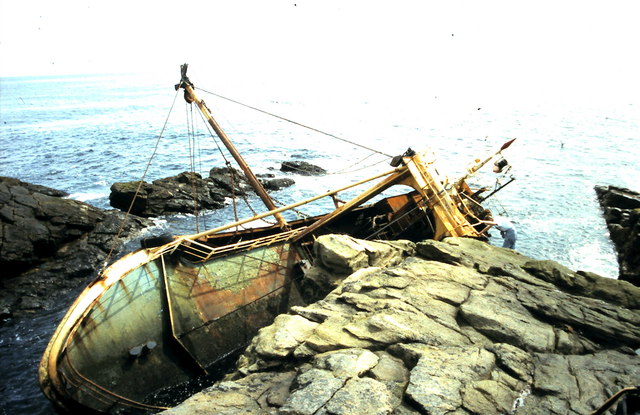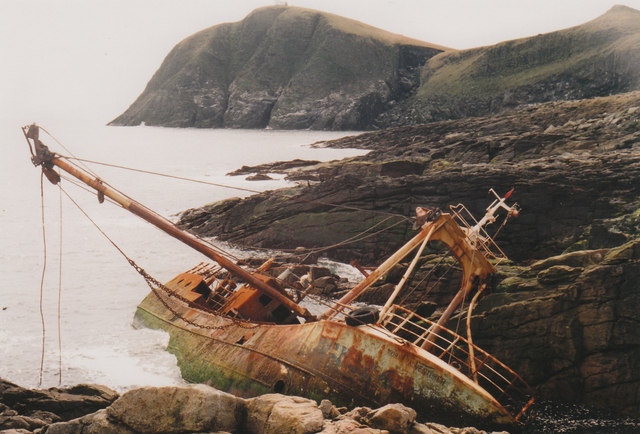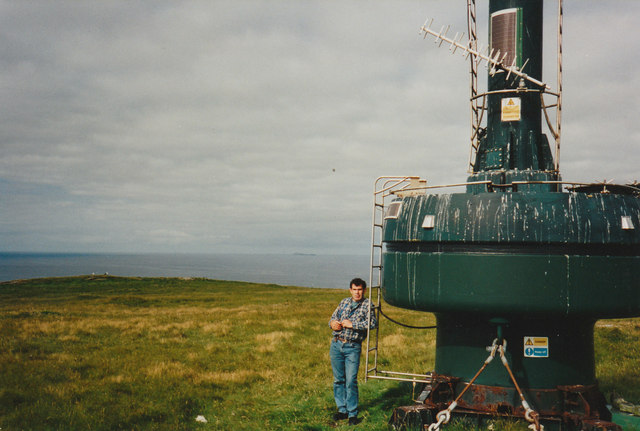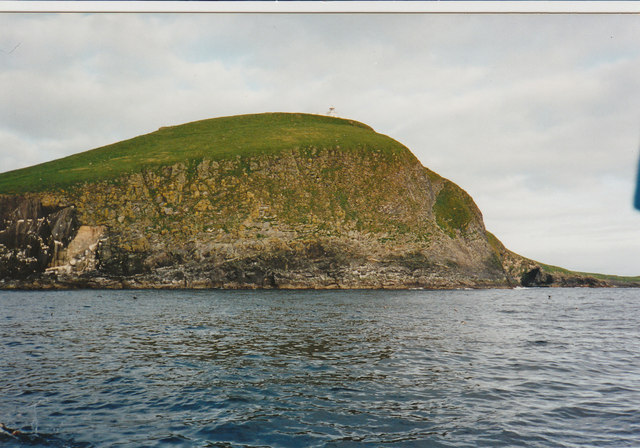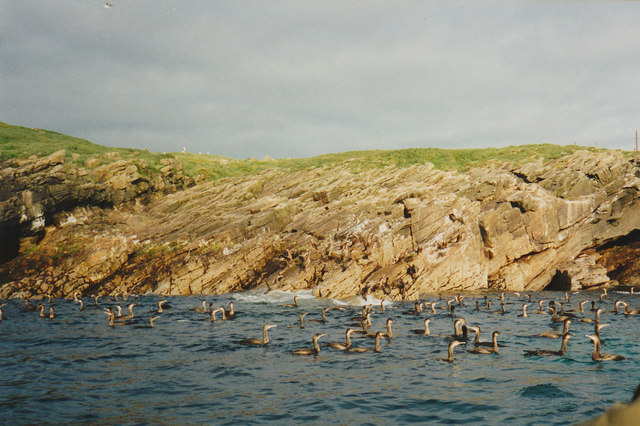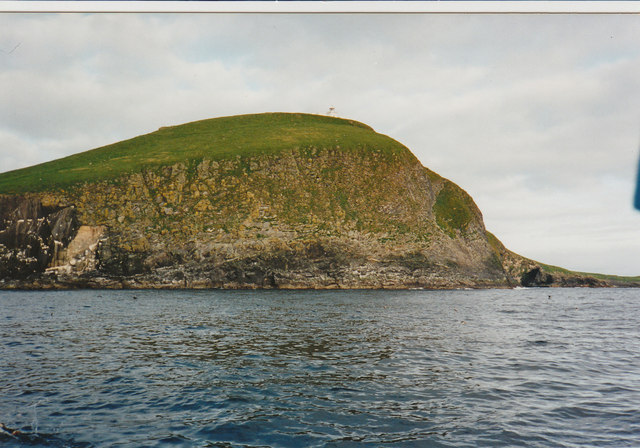Geodh' an Tuill
Coastal Feature, Headland, Point in Ross-shire
Scotland
Geodh' an Tuill
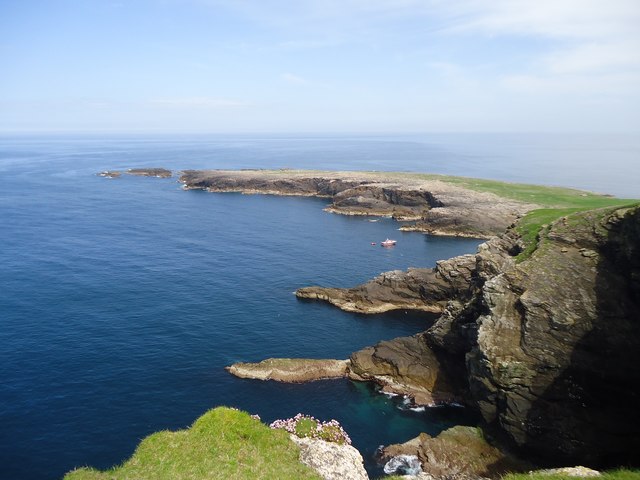
Geodh' an Tuill is a prominent coastal feature located in Ross-shire, Scotland. It is a headland, also referred to as a point, that juts out into the North Atlantic Ocean. The name Geodh' an Tuill translates to "Bay of the Hole" in Gaelic, which aptly describes the geography of the area.
The headland is characterized by its rugged cliffs and dramatic landscape, making it a popular destination for nature enthusiasts and photographers. The cliffs rise steeply from the sea, reaching impressive heights and providing breathtaking panoramic views of the surrounding coastline.
Geodh' an Tuill is known for its diverse wildlife and is a designated Site of Special Scientific Interest (SSSI). It is home to a wide variety of seabirds, including puffins, razorbills, and guillemots, which nest on the cliffs during the breeding season. The area is also frequented by seals and dolphins, adding to its natural allure.
Visitors to Geodh' an Tuill can explore the coastal paths that wind along the headland, offering opportunities for hiking and birdwatching. The rugged terrain and crashing waves create a mesmerizing atmosphere, providing a unique experience for those who venture here.
The headland is easily accessible by road, with parking facilities available nearby. It is advisable to check the tides and weather conditions before visiting, as the area can be exposed to strong winds and high waves during certain times of the year.
Overall, Geodh' an Tuill is a captivating coastal feature in Ross-shire, offering stunning views, rich biodiversity, and a chance to experience the raw beauty of Scotland's rugged coastline.
If you have any feedback on the listing, please let us know in the comments section below.
Geodh' an Tuill Images
Images are sourced within 2km of 59.131043/-5.8252073 or Grid Reference HW8133. Thanks to Geograph Open Source API. All images are credited.
![Tobha Rònaigh A view from the 80 metre hillock towards the summit of North Rona with its lighthouse. Visited on a trip with Sea Harris and Seatrek on a lovely day with less than a metre of swell.
Name: Tobha Ronaigh [Toa Rona]
Hill number: 4956
Height: 108m / 354ft
Parent (Ma/M): none
Area: 24A: Lewis and Nearby Islands
Class: Hu,1
Grid ref: HW818322 (est)
Drop: 108m
Col: Sea](https://s2.geograph.org.uk/geophotos/04/02/58/4025886_727e8459.jpg)
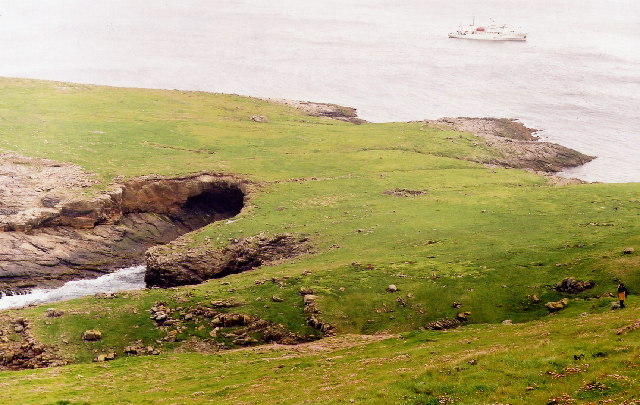
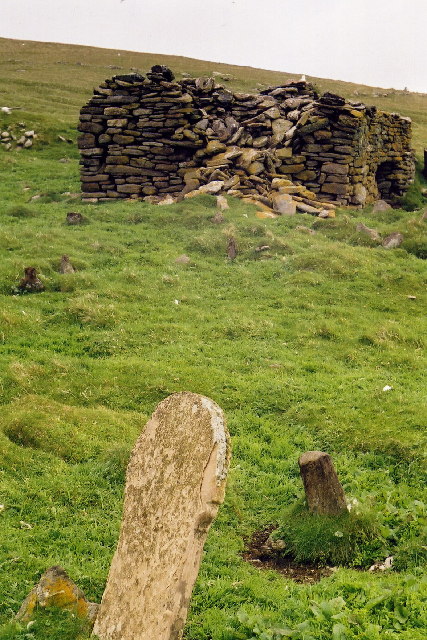
Geodh' an Tuill is located at Grid Ref: HW8133 (Lat: 59.131043, Lng: -5.8252073)
Unitary Authority: Na h-Eileanan an Iar
Police Authority: Highlands and Islands
What 3 Words
///waistcoat.dubbing.kebab. Near Oldshoremore, Highland
Related Wikis
North Rona
Rona (Scottish Gaelic: Rònaigh) is an uninhabited Scottish island in the North Atlantic. It is often referred to as North Rona to distinguish it from the...
Nearby Amenities
Located within 500m of 59.131043,-5.8252073Have you been to Geodh' an Tuill?
Leave your review of Geodh' an Tuill below (or comments, questions and feedback).
